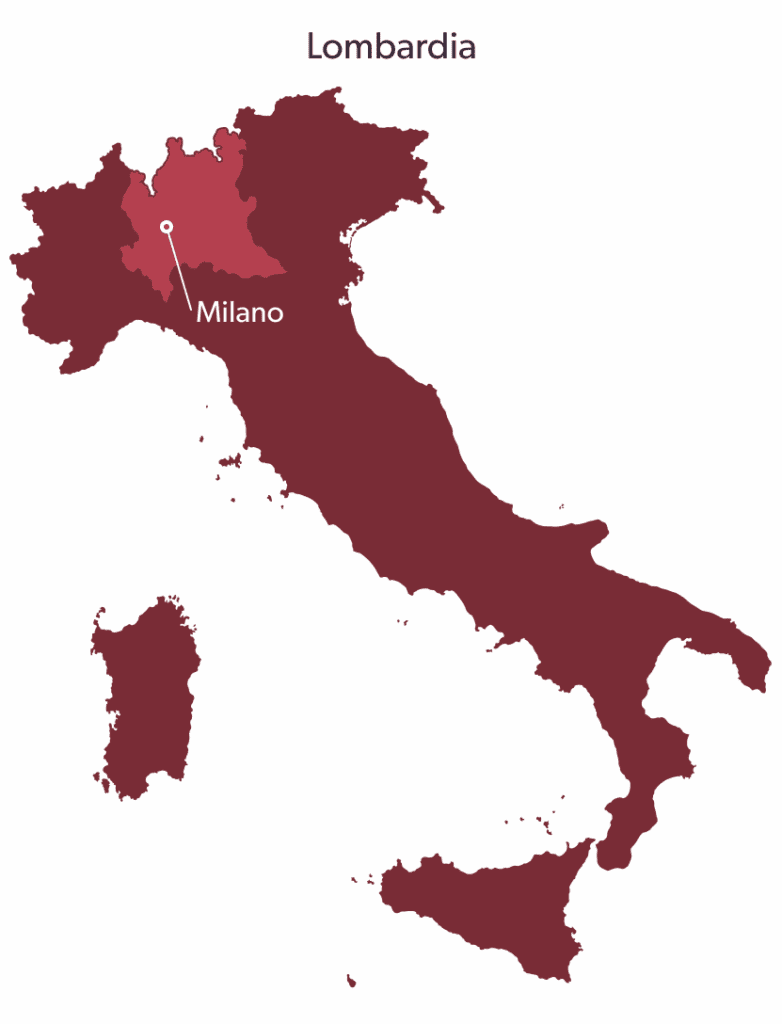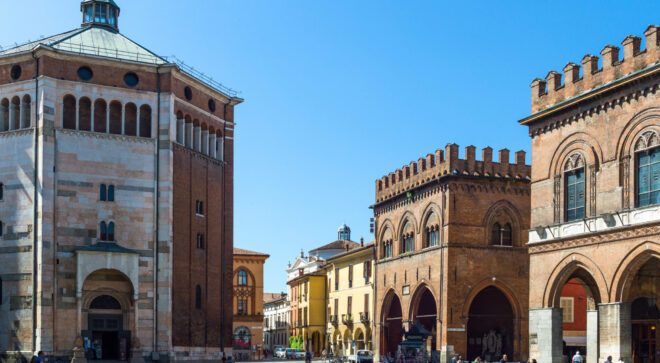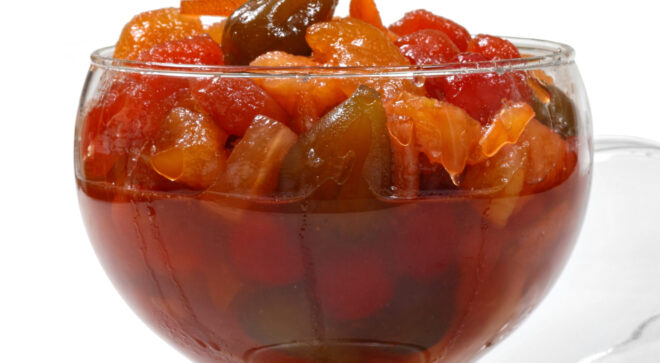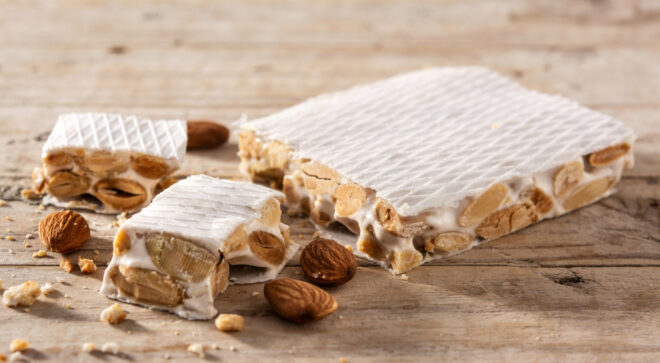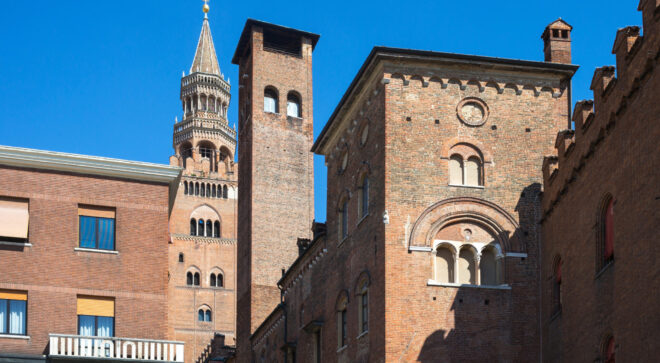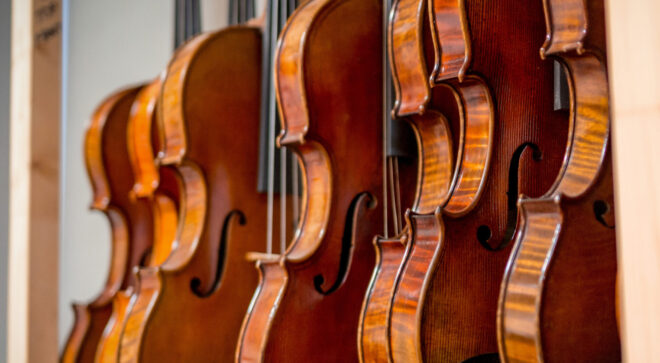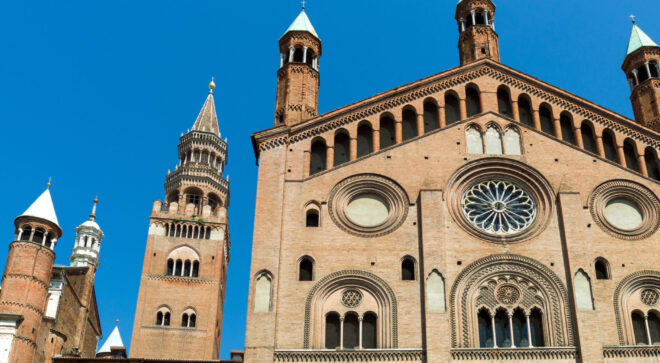- Cultural
Cremona : the perfect combination of music and food
Cremona, the town in the south of Lombardy, lying on the banks of the Po, boasts a rich tradition of craftsmanship and gastronomic culture.
Cremona craftsmanship finds its maximum expression in the art of violin making, i.e., the design, construction, and restoration of stringed instruments such as violins, violas, cellos and double basses. Artisans who engage in this craft attend a specialized school and later learn in a local workshop where they continue to master and perfect their techniques. They make each part of the instrument with a specific wood, carefully selected and well-seasoned. They build about three to six instruments a year and assemble more than 70 pieces of wood around an internal mold by hand according to the different acoustic response of each piece. No violin is the same. They do not use industrial or semi-industrial materials, only their knowledge and creativity. The secret of quality in the work of Cremonese luthiers is the dialogue with the musicians, essential to fully understand their needs.
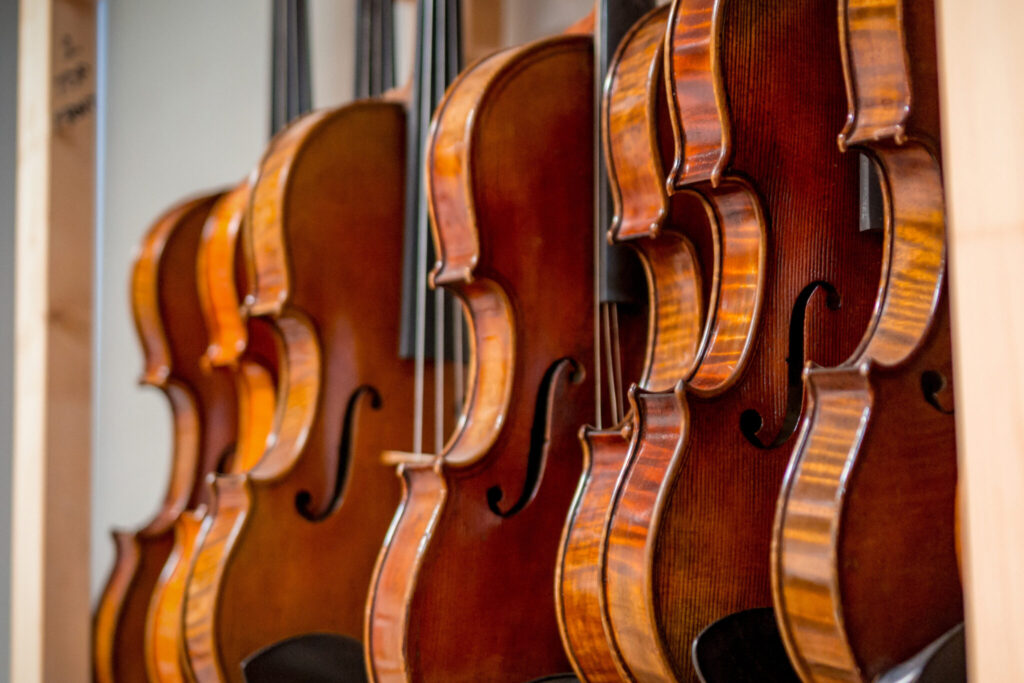
The tradition of violin making is closely connected to the city; in fact, both the shops and the institutions are distributed in the historic center of Cremona. It is in Cremona that one of the best manufacturers of stringed instruments of all time was born and lived: Antonio Stradivari. Just as Mozart immediately recalls Salzburg, Stradivari relates to Cremona, which also thanks to its work is recognized as a city of music and world capital of violin making. In 2012, the tradition of the classical school of Cremonese violin making was included by UNESCO in the list of oral and intangible heritage of humanity.
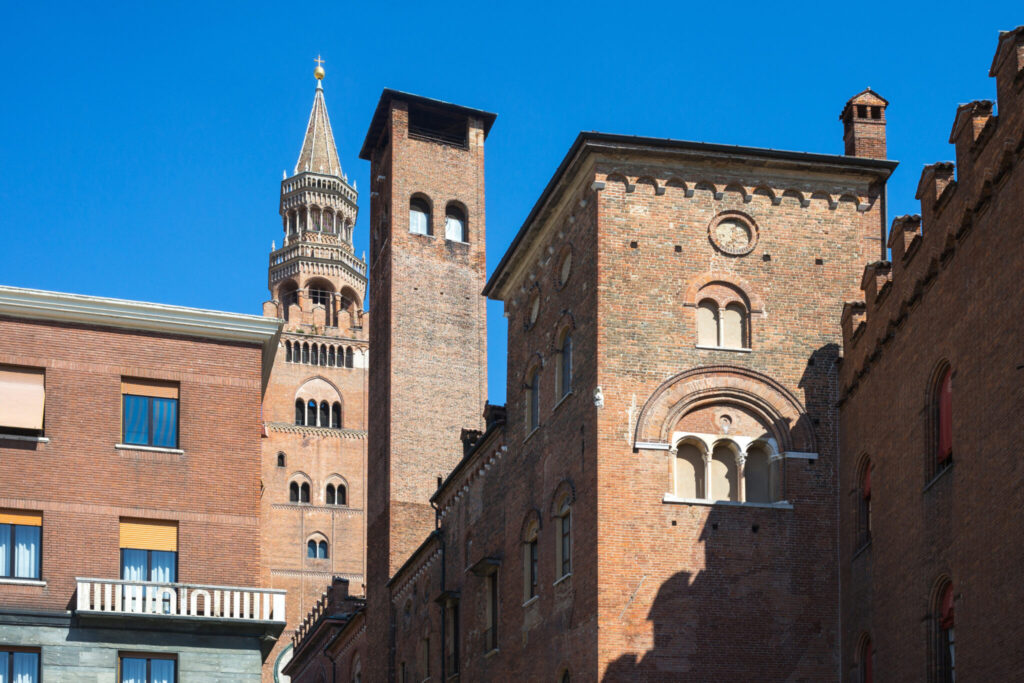
The lower Lombard city, as well as for the violins, is known for its rich gastronomy that includes nougat, mustard and sausages starting from Salame di Cremona PGI. The Torrone, the main product of the Cremona culinary tradition, looks like a bar and includes the addition of honey, egg whites, dried fruit, and candied fruit. Legend has it that the cake was officially presented on the wedding of Bianca Maria Visconti and Francesco Sforza on October 25, 1441. For several years the traditional “Nougat Festival” is organized, which in November animates the squares of the historic center of Cremona with shows, historical re-enactments and cultural initiatives and typical markets of the producers.
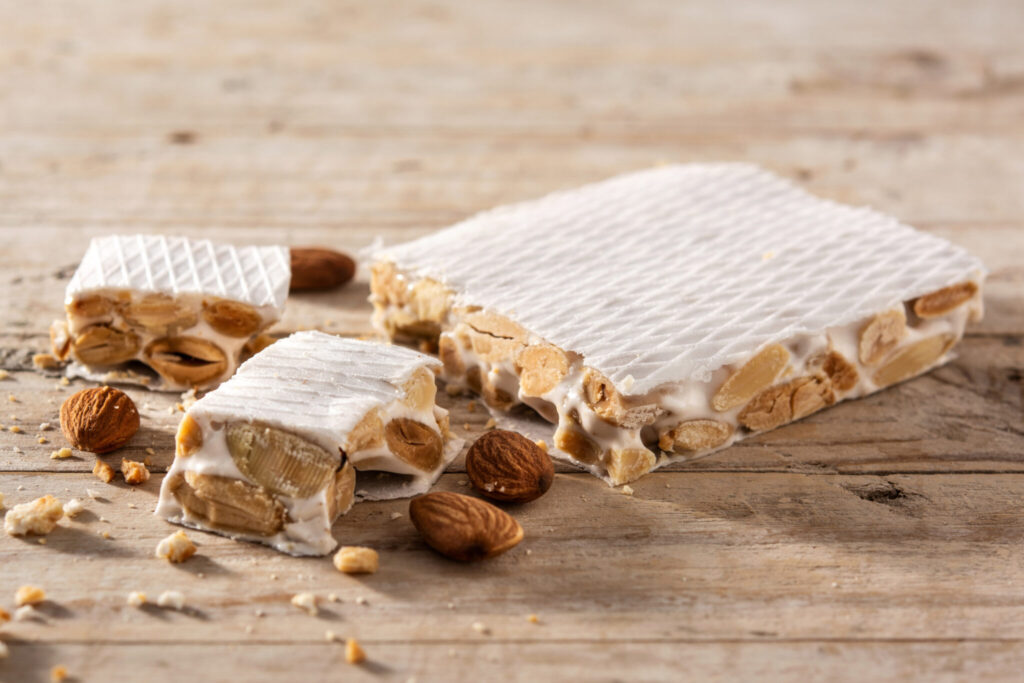
In Cremona the gastronomic specialty not to be missed in addition to Nougat is the Salame di Cremona IGP, the result of the processing of selected fresh meat, bred in Italy and flavored with salt and crushed garlic, stuffed into pork, bovine, sheep or equine casings. Left to mature in a humid and poorly ventilated environment for a period ranging from 5 weeks to over 4 months, the softness that make it unique in its kind remain unaltered.
Impossible to forget the Mustard that has origins since the seventeenth century. It consists of whole fruits and mustard oil. Its taste is therefore a mix between sweet and spicy. It is mainly used in combination with boiled meats, but also with cheeses. Cremona mustard was born in medieval kitchens, when fruit and vegetables were preserved in cooked must and mustard flour to prevent deterioration for as long as possible. This expedient guaranteed a reserve of fruit and vegetables throughout the winter.
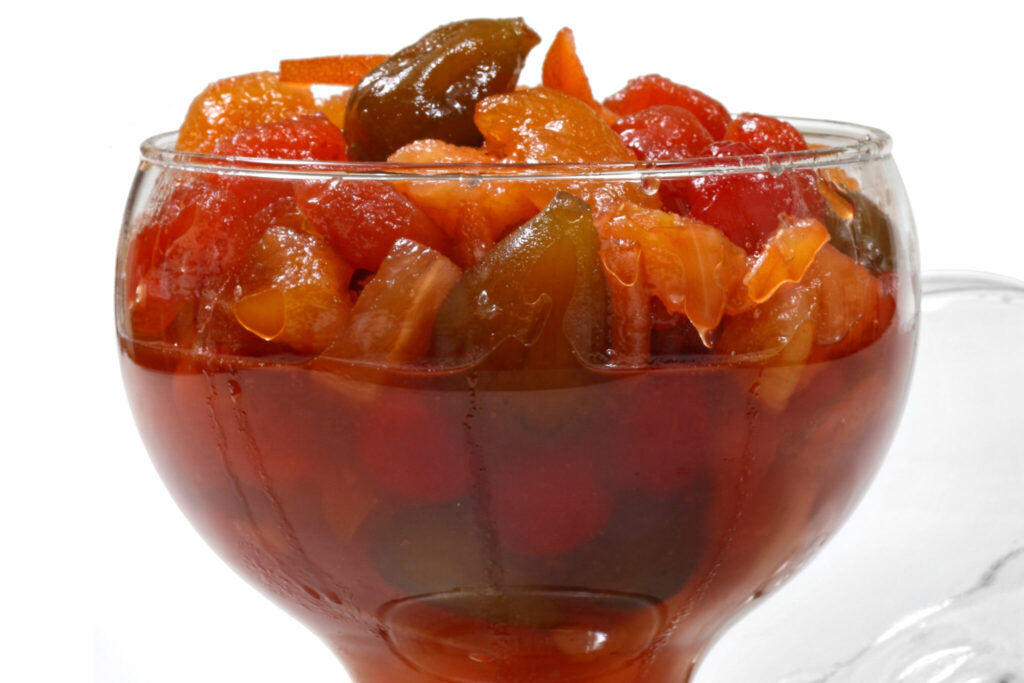
So why not spend a day in Cremona discovering the art of luthier, visiting the craft shops and letting yourself be carried away by the strong flavors of Lombard gastronomy?

No results found.
NULL00
No results found.
NULL00
No results found.
NULL00
No results found.
NULL00
NULL00
No results found.
NULL00
No results found.
NULL00
No results found.
NULL00

